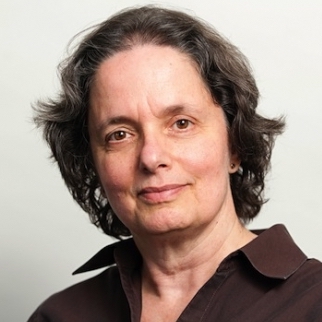“We’re all healing — emotionally, psychologically, ecologically,” said Paul M. Ginsberg, director of the Forest Department in the Northern Region Office of Keren Kayemeth Leisrael (KKL), the Israeli arm of the Jewish National Fund.
He stood on a hillside looking over the Hula Valley, north of the Sea of Galilee.
At his back was a hillside forest of trees, many of them charred from last summer’s rocket fire.
For many young American children, the notion of trees growing in the desert is something they can understand about Israel, a way of seeing what makes Israel great. Israel’s trees are symbols of prosperity, of permanence and civilization. The trees are something children save spare change for. As a child I envisioned someday visiting my tree. Our investment gave us all a sense of ownership.
So when the trees burned at the hands of Hezbollah last summer, it was harsh.
Ginsberg, accustomed to planting and growing trees, spent most of the 33 days of the Second Lebanon War trying to save them. Rockets were going off around his home at night, military filled every vacant space in the region his work covers, and he and his crew voluntarily risked their lives fighting the fires.
He told his crews to go home, to be safe. They left only for a moment.
“People came back voluntarily; they didn’t have to come back to save the forest,” Ginsberg said on this recent spring day, shaking his head at the memory that hasn’t faded. “It wasn’t worth losing one person to save an acre of forest, but people came back. And not just Jews, also Arabs.”
Israelis, like most people, share a great sentimentality about their trees — and, indeed, theirs are especially hard-earned. Sparse rainfall means they take root only with the help of irrigation; unlike the unruly forests we’re used to, they grow in rows, many of them planted by hundreds of new immigrants soon after the War of Independence.
In part, tree planting was a way to keep people employed.
“Hundreds of workers came; they would truck them up, give them a hoe and say ‘get to work. Plant a tree and come down,'” Ginsberg said. “It’s important to understand that a lot of effort went into these trees.”
The forests serve many purposes for the Israelis, Ginsberg said. “They provide hiking areas and a beautiful landscape. They strengthen the local well-being. They stake claim to the land, and they are a biblical metaphor — a vestige of what may once have been.”
And what’s especially remarkable today, is not how many trees died last summer, but how many survived. And how serene the hills of the Hula Valley appeared on this spring day, nearly one year after they burned so ferociously.
Some of the blackened embers have been removed; some of the terrain has been left to renew itself, a process that already has begun. Some portions of the forests will be replanted. It’s an opportunity, Ginsberg said, to diversify. So the KKL is introducing new trees — mixing cedars, cypresses and others into the pine forests.
The resilience of these northern woods is a metaphor for Israel’s strength — the nation’s ability to put down roots and withstand intrusion. Across the way, within spitting distance, is the Golan Heights, where dry uncultivated land extends for miles, in stark contrast.
For more than half a century, Israel’s trees have withstood the elements, lasting longer than the people who planted them. Stalwart symbols of Israel’s claim to the land, they are memories of children’s coins, replenishing and renewing the land, even in the face of rocket fire.























 More news and opinions than at a Shabbat dinner, right in your inbox.
More news and opinions than at a Shabbat dinner, right in your inbox.